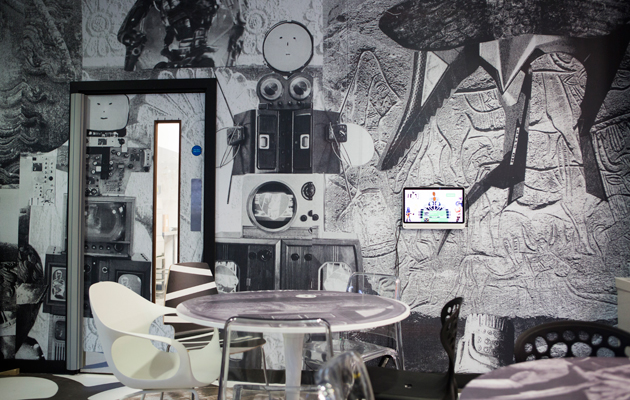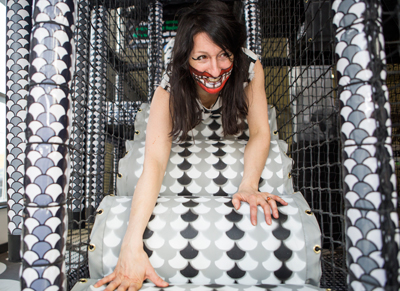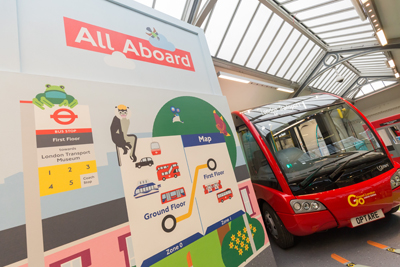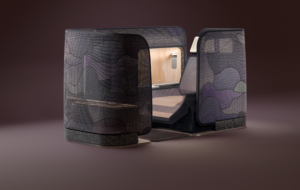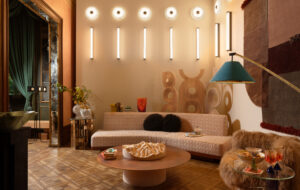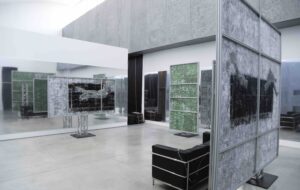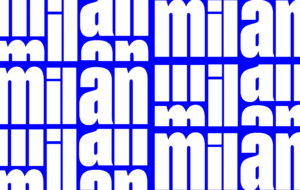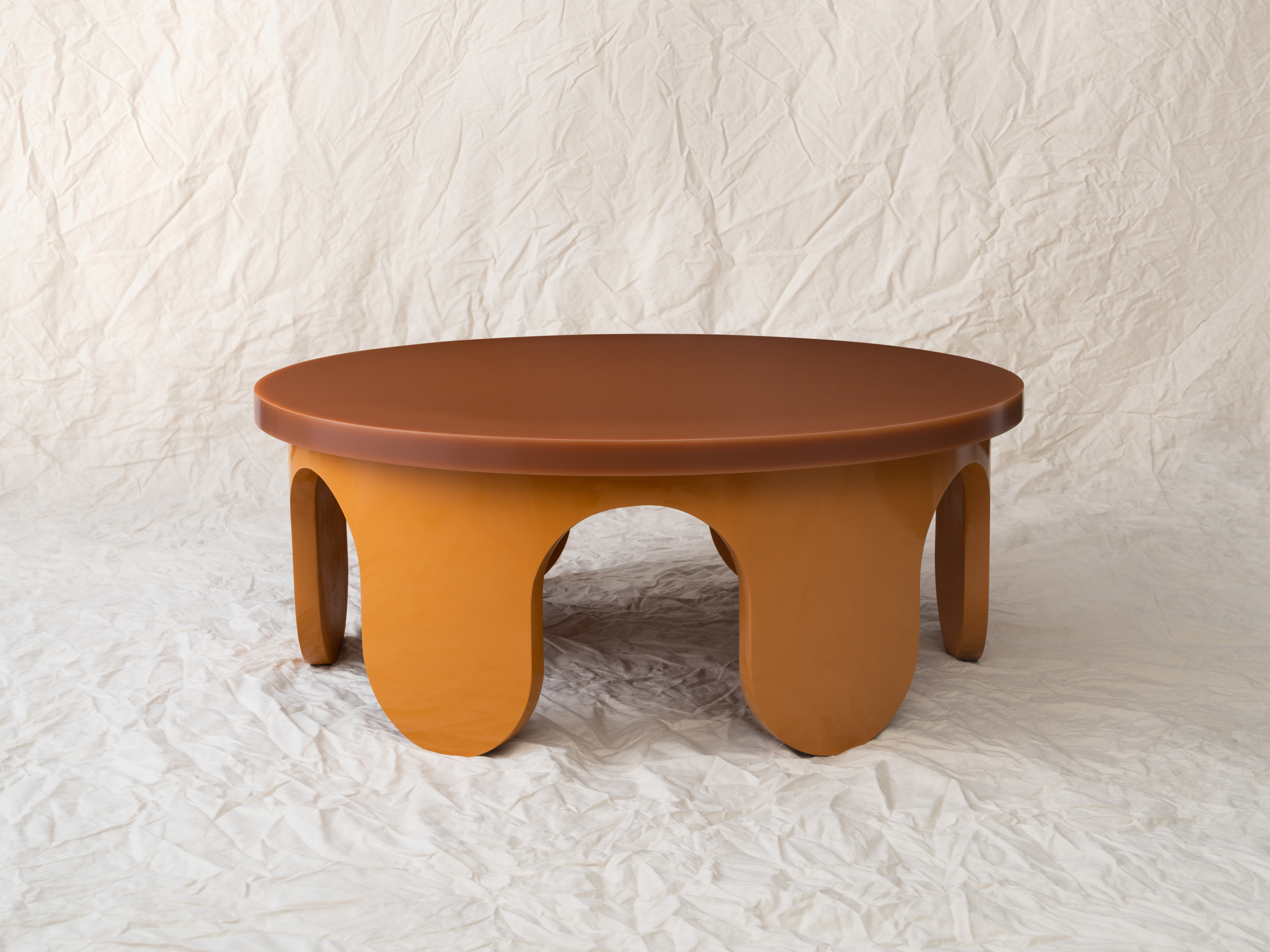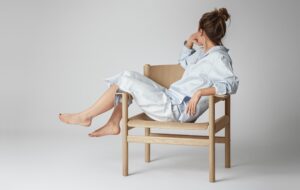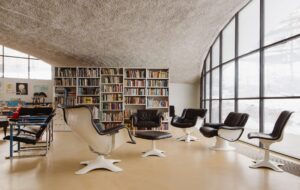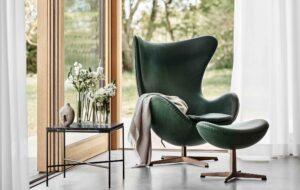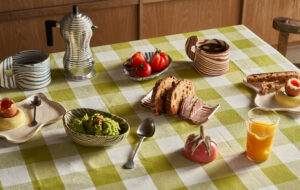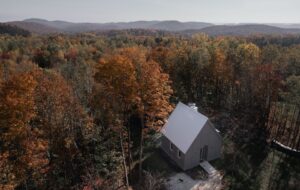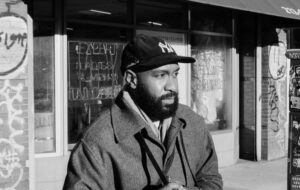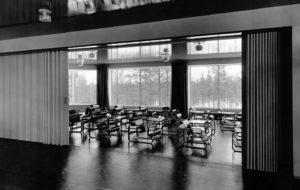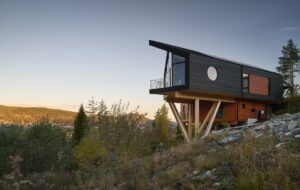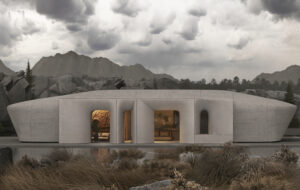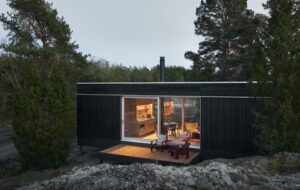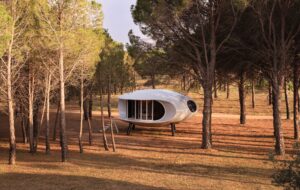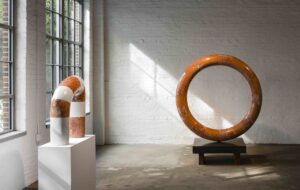|
|
||
|
Artist Marvin Gaye Chetwynd’s soft-play area inspired by a neolithic statue is one of three unusual spaces designed for children that have opened in London in recent weeks When arts organisation Create commissioned Turner prize-nominee Marvin Gaye Chetwynd to design a giant soft-play area in a leisure centre for Barking and Dagenham council, she had to contend with a range of unfamiliar priorities. Spaces for under-sevens have to withstand the relentless onslaught of children, engage them immediately, encourage them to learn and play independently and cater for their parents. The artist, known for her anarchic performance art, admits she has never had to prioritise British Standards and child safety in her work before. “We had to consider many elements,” she says of The Idol, which opened two weeks ago. “Retail, quality of play, the demands of different age groups fitting together – as well as a pinch of bling for the adults.” It had to be functional yet also an artwork in its own right. Chetwynd saw the commissioning as a calling: “A calling to art to come out of the studio, out of the normal parameters of the gallery, the museum, similar to the Russian constructivist idea of art coming out onto the streets, onto billboards and working in the world as it should, not isolated to an upper echelon elitist zone.” In her design, Chetwynd has avoided the go-to colour schemes of children’s spaces. “I listened to my intuition and common sense,” she says, “and they said, ‘do something different, love. Stop with the relentless tutti-frutti. Go chic, bling, pimp my ride with pearl, silver, black and white.” At the centre of the space is “The Idol”, a two-storey-high climbing frame in the form of a towering robotic figure, inspired by the Dagenham Idol, a neolithic figure discovered in the borough in 1922. Children can climb within it, all the way into the Idol’s head to look out of its giant eyes. Large-scale, black-and-white printed walls and floors collage together images of Greek myths and Egyptian statues with sci-fi cyborgs, offering glimpses into different historical eras. Chetwynd’s design was driven by two central ideas: to make the structure itself an interesting shape, “so kids can climb in and work out which part of the body they are in”, and engulf the seating area within the soft play frame.
Marvin Gaye Chetwynd in her new play space The Idol is one of three very different spaces for children that have opened around London in recent weeks – all of which put the youngest visitor at the heart of the design process. The London Transport Museum’s All Aboard gallery, which opened last weekend, acts as an introduction for the very young to the themes of the museum, through role-play and open-ended exploration. Designed by Easy Tiger Creative, It has child-sized replicas of London transport’s icons, such as the black cab, the Routemaster bus and the Thames Clipper (in this case, “Thames Nipper”), with added layers of interactivity and exuberant graphics. Children can be bus drivers, carry out repairs to tube carriages or serve tea in the Nipper cafe. The colours and graphics meet TfL brand guidelines, while the illustrations on the walls and floors are inspired by posters from the museum’s collection. The design is vibrant, yet also eschews the stereotypes associated with children’s spaces. “When you’re designing for children, there isn’t a need to go over the top,” explains Easy Tiger founder Brenda Lardner. “You don’t need to use every colour in the palette or have your text at angles. You can give them a sophisticated piece of design.” All the vehicles, for example, are adapted for children, but their detailing and shapes are true to the real-life versions.
The London Transport Museum’s new gallery, All Aboard In Greenwich, the National Maritime Museum has also opened a gallery aimed at under-7s. The Ahoy! space draws on the themes of the national collection, but prioritises open-ended play. Again, it was important not to patronise children, says Dan Howarth, creative director at KCA, which designed the space with the museum’s head of learning Sarah Lockwood. “I get fed up with going to places where you’re bombarded with bright colours that don’t improve the space – children have the intelligence to cope with decently designed spaces,” Howarth says. “We shied away from the primary colours you often get in children’s environments, and went for a more muted palette.” Part of this intelligent design approach is encouraging conversations between parent and child, rather than telling them what’s what. Neither Ahoy! nor All Aboard uses explanatory graphics, preferring to let children engage through play. “If children are not engaged, they lose interest quickly,” Howarth says. “When we set out on a project, we think not so much about what it will look like, but what you do there – what story the gallery is telling.” The gallery includes interactive installations that portray different aspects of maritime history, including a fish market, a pirate ship and the HMS Rawalpindi liner, as well as an under-3s area with rock pools and beach huts. Beyond inspiring them, the practical considerations of designing for kids are huge. “There is no way to get across to people who haven’t built for them how destructive children can be,” Howarth says. Considering the whole family is also crucial. “You’re constantly trying to balance whether you want to encourage independent play or family interaction,” Lardner says. “Our design has a little bit of both – we want adults to integrate and play too.” It’s also worth remembering that, as Chetwynd says, “kids like being random”. “Never design something that’s linear,” advises Lardner. And make sure you evaluate with children along the way, notes Howarth – something that is often lost by cutting costs or time. And even though such considerations are increasingly common among cultural institutions these days, there is room for improvement. As Chetwynd puts it: “More ground-breaking spaces for kids? Yes please!”
The National Maritime Museum’s Ahoy! |
Words Anna Richardson Taylor
Above: The Idol for Barking and Dagenham council
The Idol images: Emil Charlaff |
|
|
||

